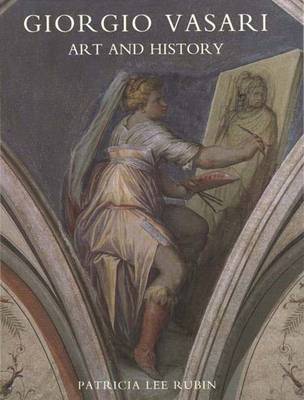Vasari's Lives of the Painters, Sculptors, and Architects are and always have been central texts for the study of the Italian Renaissance. They can and should be read in many ways. Since their publication in the mid-16th century, they have been a source of both information and pleasure. Their immediacy after more than four hundred years is a measure of Vasari's success. He wished the artists of his day, himself included, to be famous. He made the association of artistry and genius, of renaissance and the arts so familiar that they now seem inevitable. In this book Patricia Rubin argues that both the inevitability and the immediacy should be questioned. To read Vasari without historical perspective results in a limited and distorted view of The Lives. Rubin shows that Vasari had distinct ideas about the nature of his task as a biographer, about the importance of interpretation, judgement, and example - about the historian's art. Vasari's principles and practices as a writer are examined here, as are their sources in Vasari's experiences as an artist.
The opening chapters introduce Vasari, outlining the events of his career and examining his presentation of himself through Renaissance conventions. We cannot know the man, Giorgio Vasari, but we can know about how Vasari as a man of his period formed and formulated his ideals and how they were expressed in his painting and writing. The Renaissance notion of history as an exemplary and rhetorical art is discussed in subsequent chapters, which also define the biographical structure Vasari adopted and describe its articulation in a specific and highly nuanced vocabulary. Three Lives have been chosen for analysis to demonstrate in detail how Vasari learned about his fellow artists and their artistry and then guided his readers to an informed appreciation of their accomplishments. Giotto, Donatello, and Raphael have been selected as representing each of the three ages Vasari used to subdivide the past in order to show the progress of the arts from their imperfection in Giotto's day to their glorious perfection in Vasari's time.
In this major contribution to Renaissance studies, Rubin demonstrates that with The Lives, Vasari wanted to live beyond his time, which he has; but his voice is of his time and to appreciate that is to gain a richer understanding of the messages of his book.
- ISBN10 0300049099
- ISBN13 9780300049091
- Publish Date 26 April 1995
- Publish Status Out of Print
- Out of Print 25 November 2006
- Publish Country US
- Imprint Yale University Press
- Format Hardcover
- Pages 458
- Language English
